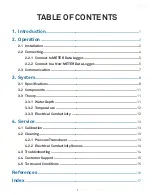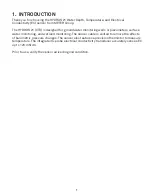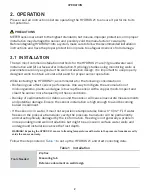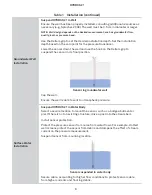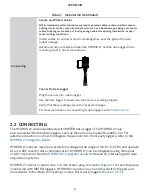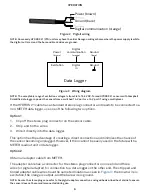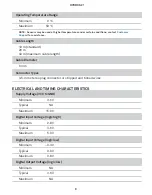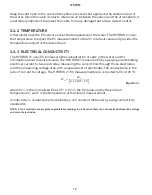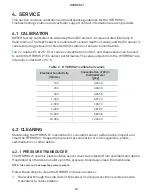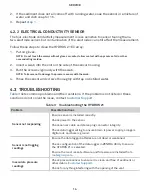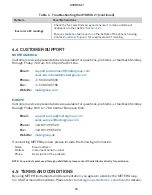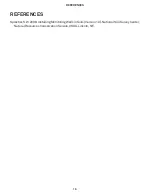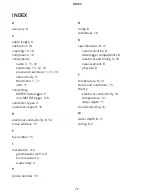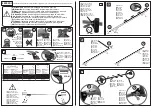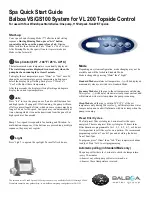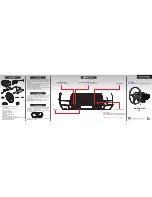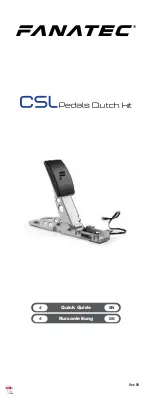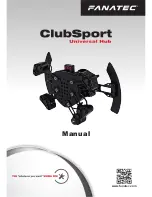
4
OPERATION
Table 1 Installation (continued)
Connecting
Secure and Protect Cables
NOTE: Improperly protected cables can lead to severed cables or disconnected sensors.
Cabling issues can be caused by many factors such as rodent damage, driving over sensor
cables, tripping over cables, not leaving enough cable slack during installation, or poor
sensor wiring connections.
Install cables in conduit or plastic cladding when near the ground to avoid
rodent damage.
Gather and secure cables between the HYDROS 21 and the data logger to the
mounting mast in one or more places.
Port 1
Port 2
Port 3
Port 4
Port 5
Port 6
TEST
OK
ERROR
(-)
(-)
(-)
(-)
(-)
(+)
(-)
(+)
(+)
(+)
(+)
(+)
Connect to Data Logger
Plug the sensor into a data logger.
Use the data logger to make sure the sensor is reading properly.
Verify that these readings are within expected ranges.
For more instructions on connecting to data loggers, refer to
.
2.2 CONNECTING
The HYDROS 21 works seamlessly with METER data loggers. The HYDROS 21 can
also be used with other data loggers, such as those from Campbell Scientific, Inc. For
extensive directions on how to integrate the sensors into third-party loggers, refer to the
HYDROS 21 sensors require an excitation voltage in the range of 3.6 to 15.0 VDC and operate
at a 3.6-VDC level for data communication. HYDROS 21 can be integrated using DDI serial
or SDI-12 protocol. See the
for details on interfacing with data
acquisition systems.
HYDROS 21 sensors come with a 3.5-mm stereo plug connector (
) to facilitate easy
connection with METER loggers. HYDROS 21 sensors may be ordered with stripped and
tinned wires to facilitate connecting to some third-party loggers (
).


